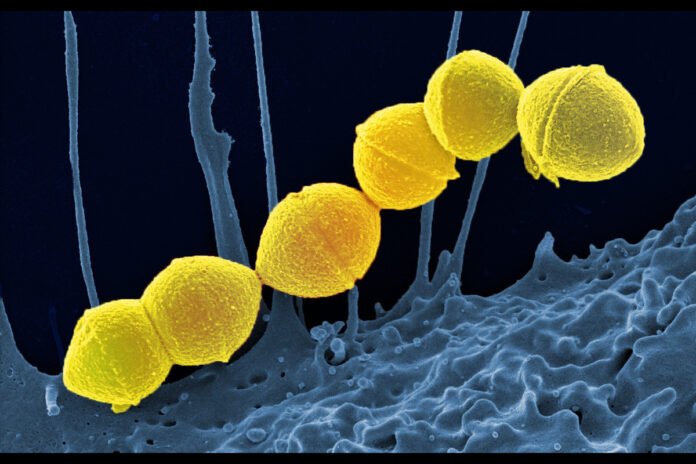Japan has reported a significant surge in a potentially deadly bacterial infection.
This alarming trend is evident in the latest official figures, although experts are yet to identify the cause.
By June 2, Japan‘s Health Ministry had logged 977 cases of streptococcal toxic shock syndrome (STSS). This infection, which has a mortality rate of up to 30%, claimed the lives of 77 people from January to March.
This year’s outbreak has already surpassed last year’s record of 941 preliminary cases. This was the highest since data collection began in 1999. Last year, the National Institute of Infectious Diseases in Japan recorded 97 deaths due to STSS, the second-highest fatality count in six years.
STSS is a rare yet severe bacterial infection. It arises when bacteria infiltrate deep tissues and the bloodstream. Initial symptoms include fever, muscle pain, and vomiting. However, the condition can swiftly become life-threatening. Patients may experience low blood pressure, swelling, and multiple organ failure as the body goes into shock.
“STSS can be fatal even with treatment. Out of 10 STSS patients, up to three may die from the infection,” states the US Centers for Disease Control and Prevention (CDC).
Most STSS cases are caused by group A streptococcus (GAS) bacteria. This bacterium primarily causes fever and throat infections in children. In rare cases, it becomes invasive when it produces a toxin that enters the bloodstream, leading to serious conditions like toxic shock.
Strep A can also cause necrotizing fasciitis, a “flesh-eating” disease that can result in limb loss. According to the CDC, this typically affects patients with other health conditions, such as cancer or diabetes, that compromise their immune response.
Covid-19 control measures like masking and social distancing had previously curbed invasive group A strep infections. However, the relaxation of these measures has led to a rise in cases in many countries.
In December 2022, five European countries reported an increase in invasive group A streptococcus (iGAS) to the World Health Organization. Children under 10 were the most affected. The CDC also noted an apparent increase in this disease at that time.
In March, Japanese authorities alerted the public to a spike in STSS cases. The National Institute of Infectious Diseases issued a risk assessment, noting a rise in iGAS-related STSS cases since July 2023, particularly among individuals under 50.
The CDC highlights that older people with open wounds, including those who have recently undergone surgery, are at increased risk of contracting STSS.
“However, for nearly half of STSS cases, experts are unsure how the bacteria entered the body,” the CDC mentioned on its website.
The reason behind the recent surge in STSS cases in Japan remains uncertain.
Japanese public broadcaster NHK has reported on this issue without a definitive answer.
Professor Ken Kikuchi from Tokyo Women’s Medical University suggested that weakened immune systems post-Covid might be a factor. “Our immunity can be strengthened through regular exposure to bacteria. This mechanism was disrupted during the coronavirus pandemic,” Kikuchi explained. “Consequently, more people are now susceptible to infection, potentially contributing to the sharp rise in cases.”
The rise in STSS cases underscores the need for continued vigilance and research. Understanding the factors behind this increase is crucial for developing effective preventive measures. Public health authorities must work to identify and address the underlying causes to protect vulnerable populations.


